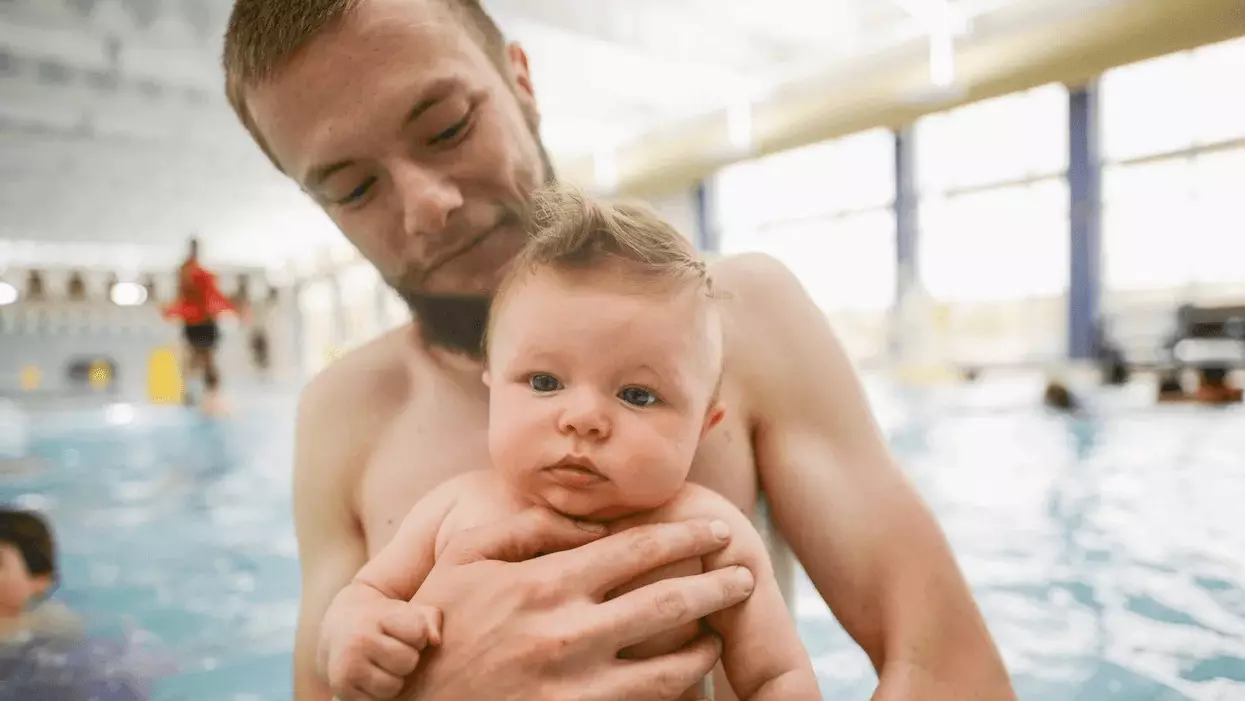Swimming is not just a recreational activity for children; it serves as a crucial life skill that can help prevent drowning. With statistics highlighting the dangers associated with water for young children, particularly those aged one to four years, it becomes increasingly vital for parents to consider when and how to introduce swimming lessons. This guide aims to discuss the appropriate time to start swimming lessons, the benefits of these lessons, and the paramount importance of safety measures.
The American Academy of Pediatrics (AAP) suggests that children as young as one year can begin swimming lessons, making the first birthday a significant milestone for potential aquatic training. However, developmental differences among children make it essential for parents to assess their child’s readiness individually. While some one-year-olds may relish the idea of lessons, others might not be emotionally or physically prepared until they are closer to four years old.
It is important to balance eagerness with realism. Parents should consider factors such as frequent exposure to water—whether through family pools, local water parks, or vacations—as well as their child’s comfort level around water. Additionally, emotional maturity plays a significant role in a child’s ability to engage safely in lessons. Parents need to be mindful: while some swim programs designed for infants exist, the benefits of such programs, particularly for those under one year, remain unsubstantiated as a means to reduce drowning risks. Instead, parent-child bonding through casual water exposure could better prepare toddlers for subsequent, more structured swimming lessons.
Drowning remains one of the leading causes of accidental death in children, emphasizing the necessity for parental vigilance. The AAP strongly advises that swimming lessons should not be viewed as a “drown-proofing” measure. Rather, constant adult supervision near any water body is vital. Always being within arm’s reach of young children can be a lifesaver, as this age group often wanders curiously toward water, sometimes without warning.
For families with private pools, several safety measures should be adopted to create a safer environment. Installing a four-foot isolation fence around the pool can significantly reduce unsupervised access. Such a fence should be equipped with a self-closing and self-latching gate. In addition, having telephone access and life-saving equipment, as endorsed by the US Coast Guard, is imperative. Such equipment may include life jackets, life buoys, and reaching tools designed to assist in emergencies.
When out in public spaces that feature water, parents should perform a thorough evaluation of the area. This includes confirming that pool fences are secure and gates are locked. Assessing additional protections like sliding door locks can curtail the risks even further.
Engaging in swimming does not only encompass taking lessons; it also involves educating children about water safety. For instance, children should be consistently reminded to avoid bodies of water without parental supervision, irrespective of the season. It is equally critical to avoid ice-covered water during winter, as misconceptions about safety in these situations can lead to tragic outcomes.
During social events near pools, designating a “watcher” from among adults to consistently monitor children can enhance safety. This rotation ensures that at least one individual is fully focused on the children’s activities, thereby diminishing the chance of accidents.
In locations like beaches or lakes, selecting areas with certified lifeguards is crucial. These professionals are trained to handle emergencies and provide an additional layer of safety that can help mitigate risks.
While it is evident that swimming lessons are beneficial for children, costs can sometimes hinder access. To address this issue, many towns and local communities offer scholarship programs that subsidize lessons at public pools. Parents are encouraged to inquire about such opportunities at local facilities. Moreover, spreading the word among family and friends about the value of swimming lessons as a gift for children—especially around their first birthday—can foster support and access to this necessary skill.
Introducing swimming lessons at an appropriate age can set the stage for a child’s lifelong relationship with water. By prioritizing safety, understanding the importance of preparedness, and recognizing the individual needs of children, parents can empower their children with essential skills that can not only enhance their enjoyment of aquatic activities but also serve as life-saving strategies in the long run.

